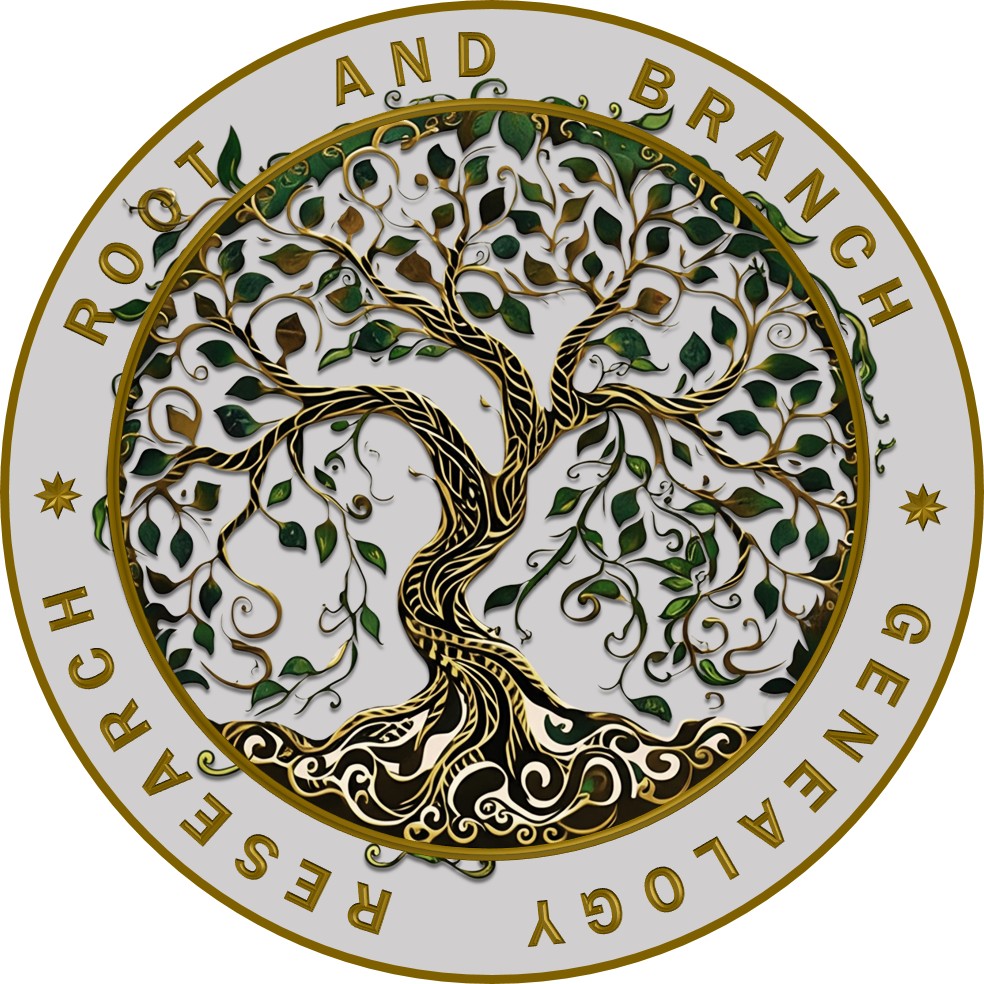Many family trees may contain information that is based on anecdotal stories or unintentional mistakes. A family tree review involves a careful, step-by-step evaluation of each generation and source to verify accuracy and identify potential errors.
The Process
The process typically begins with the person requesting the review, tracing lineage backward in a review of original records—such as birth, marriage, death, census documents and other available sources – to confirm that each connection is supported by verifiable evidence. Any unsourced or speculative relationships are flagged for further investigation. Common red flags include unusually long generational gaps, implausible geographic jumps, or connections to historically famous figures without solid documentation. Comparing details like names, dates, and locations across multiple sources to detect inconsistencies or duplications would be typical in a review. If claims are found to be unsupported or clearly false, they are either corrected using reliable data or removed entirely.
The Goal
The goal is to confirm, or in some cases reconstruct a documented and credible family history based on facts, not assumptions or family lore.
